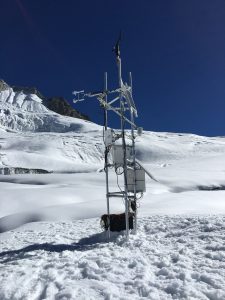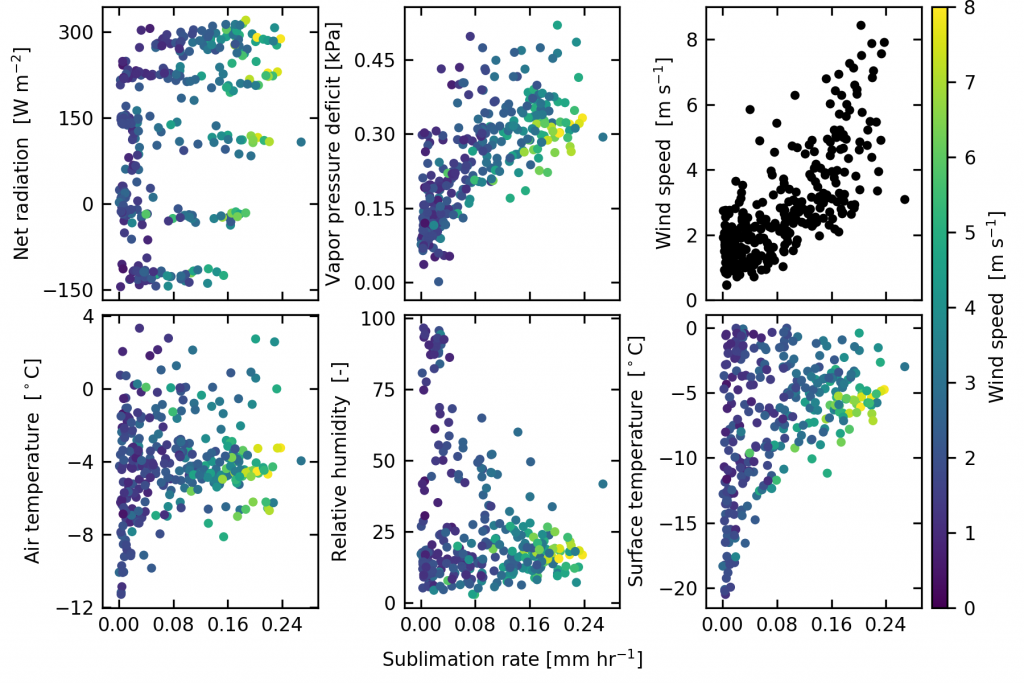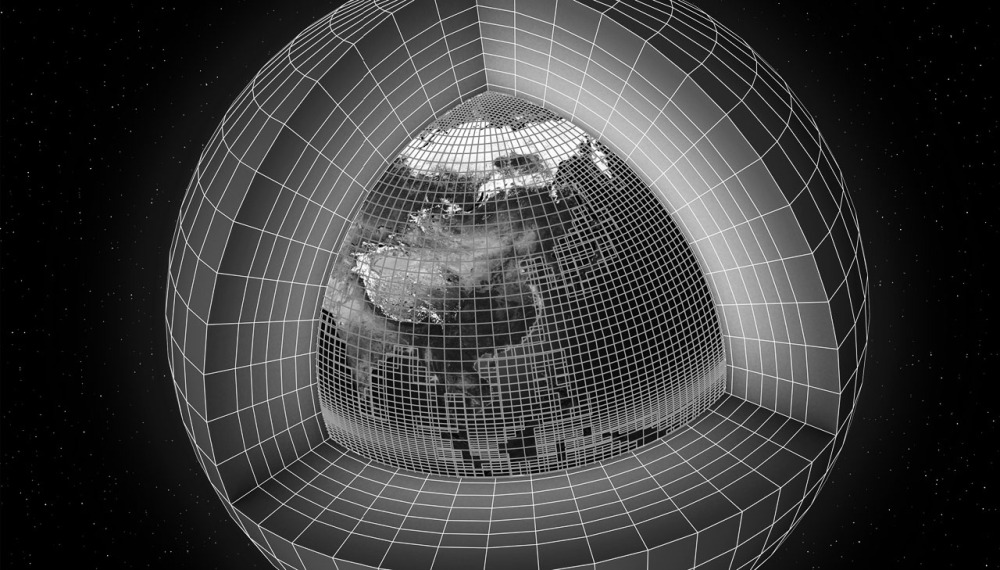
Our new study, which was led by Emmy and published in Frontiers in Earth Science, shows that snow sublimation should no longer be ignored in future hydrological and mass balance studies in the Himalaya. We assessed the importance of snow sublimation to the water and mass budget of Yala Glacier in the Langtang Valley, Nepalese Himalaya.
From a hydrological and glaciological perspective, snow sublimation is a loss of water from the snowpack to the atmosphere. So far, snow sublimation has remained unquantified in the Himalaya, prohibiting a full understanding of the water balance and glacier mass balance. Hence, we measured surface latent heat fluxes with an eddy covariance system on Yala Glacier (5350 m a.s.l) to quantify the role snow sublimation plays in the water and glacier mass budget.
The observed sublimation is 32 mm for a 32-day period from October to November 2016, which is high compared to observations in other regions in the world. The bulk-aerodynamic method was used to estimate cumulative sublimation and evaporation at the location of the eddy covariance system for the 2016–2017 winter season, which is 125 and 9 mm respectively. This is equivalent to 21% of the annual snowfall.
A combination of meteorological observations and WRF simulations were used to estimate the spatial variability in sublimation. These simulations reveal that sublimation is primarily controlled by wind speed. The daily cumulative sublimation is a factor 1.7 higher at the ridge of Yala Glacier, which is wind-exposed, compared the location of the eddy covariance system. This is a considerable loss of water and illustrates the importance and need to account for sublimation in future studies in the Himalaya.
This work quantifies surface sublimation only. However, sublimation may be enhanced under conditions with wind-induced snow transport. Therefore, future research will focus on including this component to fully assess the importance of snow sublimation in the high-altitude water cycle.
Open access article:
Stigter, E. E., Litt, M., Steiner, J. F., Bonekamp, P. N. J., Shea, J. M., Bierkens, M. F., & Immerzeel, W. W. (2018). The importance of snow sublimation on a Himalayan glacier. Frontiers in Earth Science, 6 (108), 1-16.




